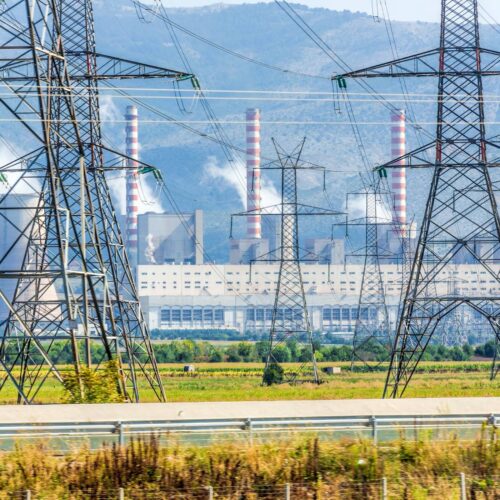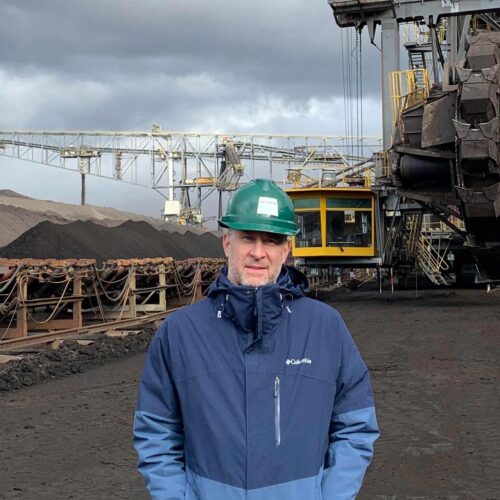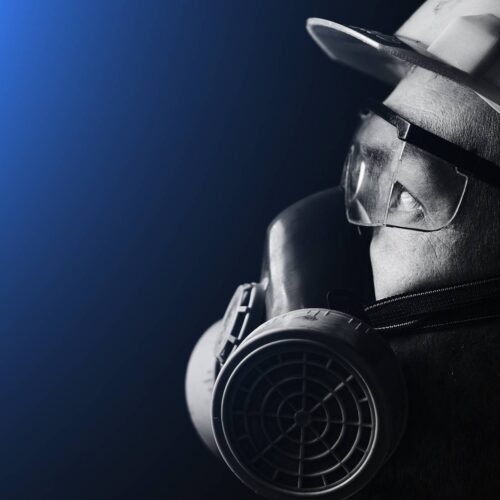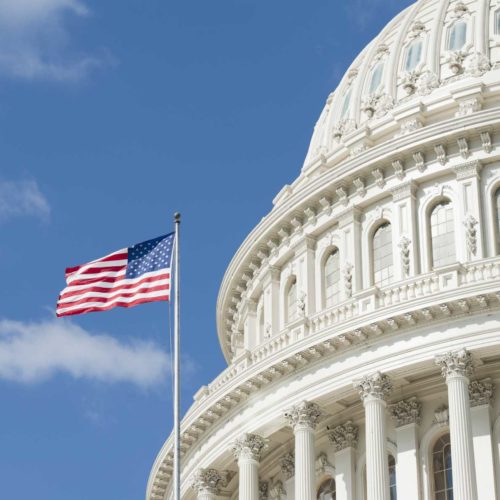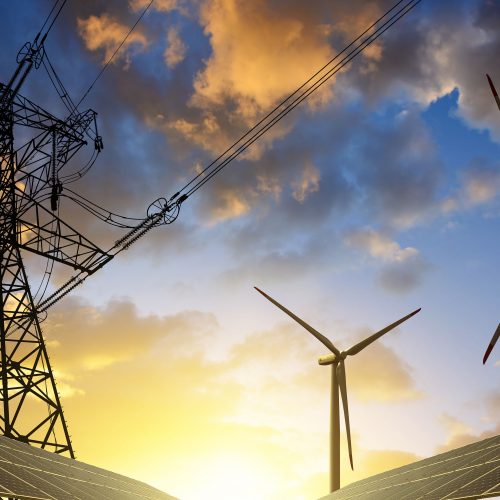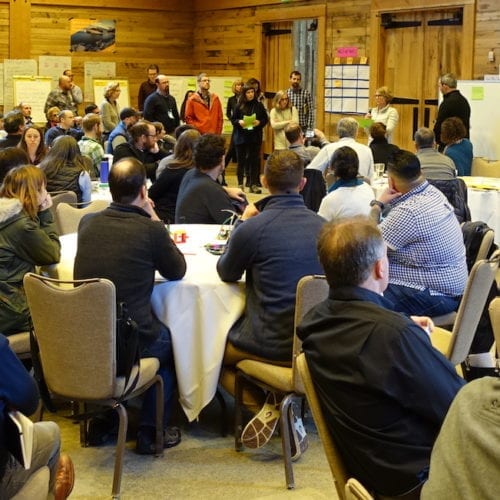Article
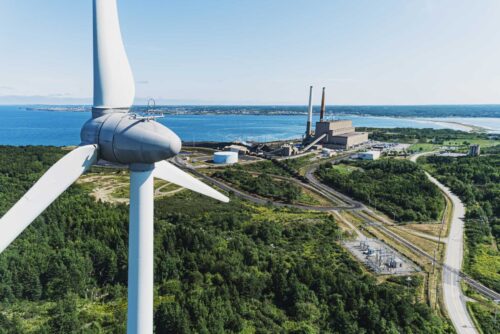
eLab Accelerator
Helping communities take advantage of hundreds of billions of dollars of clean energy funding.
Across US federal agencies, there are hundreds of billions of dollars in new federal grants and financing programs that support reinvestment all over the country. These resources can be used to increase efficiency in existing systems, reinvest in renewable energy systems that are cleaner and more cost-effective, and, especially, to incentivize investment in communities dependent on the fossil fuel industry. The Department of Energy (DOE) and US Department of Agriculture (USDA) offer programs that can be transformational for communities, but timing is key.
We expect a quick turnaround for applications to the $10 billion USDA funding after official guidance is released, likely in early May.
DOE’s $250 billion of financing will expire in 2026, but because it will take time to convene stakeholders, establish project champions, develop impactful projects, and calculate ideal financing structures, the time to start the process is now.
These programs are specifically designed to balance profits with the long-term prospects of the people our energy systems serve. By combining reinvestment in our power systems with community benefits and important steps like environmental remediation, these opportunities offer a holistic path forward for healthier communities and a more vibrant economy.
RMI is here to provide resources highlighting the best ways communities can take advantage of these unprecedented opportunities, to provide roadmaps and best practices for successful projects and applications, and to convene and negotiate consensus across the many stakeholders involved.
Opportunities
Aerial view of Wind turbines, windmill, farm, agricultural fields at sunrise sunset. Rural landscape. Renewable green energy, dawn dusk sky
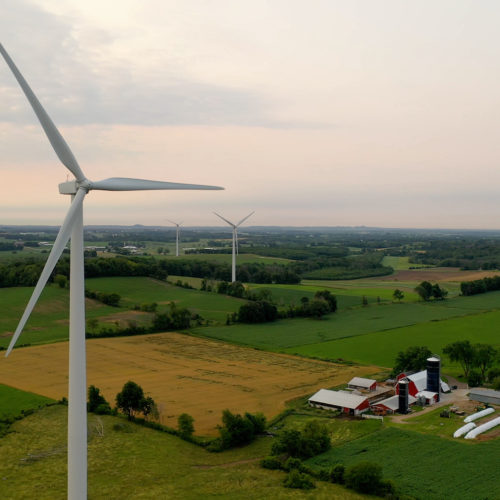
USDA: Reinvestment in Rural America
Rural electric cooperatives (co-ops) and their members across the country face an affordability crisis driven by volatile fuel costs and other economic factors. Historically, financial and policy constraints have prevented co-ops from making large investments that could address these challenges.
Not anymore. New incentives in the Inflation Reduction Act (IRA) can help. Direct pay Clean Energy Tax Credits and the USDA’s $9.7-billion New ERA program can lower the financial barriers that have prevented co-ops from taking advantage of clean energy and efficiency at-scale in the past. These investments can lower costs and improve reliability. The programs can also support rural economic development, potentially stacking with efforts to expand broadband access and workforce development. These resources are intentionally designed to manage short-term needs and provide long-term economic benefits.
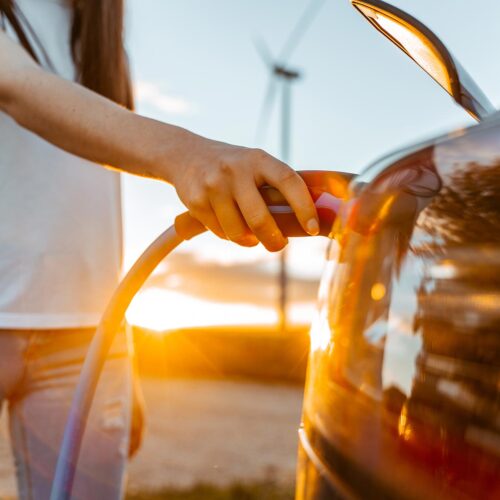
Energy Infrastructure Reinvestment (EIR): Reinvesting in a Brighter Future for Your Community
One of the lesser-known — but pivotal — IRA provisions is the Energy Infrastructure Reinvestment (EIR) program, a new loan program that reinvests in communities that are economically tied to energy production while reducing carbon emissions. The EIR provides loan guarantees — essentially offering some of the lowest-cost financing available — to support the development of projects that make use of energy infrastructure. This is broadly defined as electricity generation and transmission; production, processing, and delivery of fossil fuels; fuels derived from petroleum; and petrochemical feedstocks. Project financing can support long-term economic development in communities dependent on fossil fuel industries for their economic livelihood.
RMI Services
RMI can help potential applicants, communities, and stakeholders develop ambitious projects that can win funding. Assistance can include financial and resource analysis to evaluate program options, helping communities identify the benefits that also fit within project funding guidelines, and sharing emergent best practices that support applicant teams.
We will help potential applicants, communities, and stakeholders answer questions like:
- What are the opportunities for my community or my business?
- What tools or analytics can help me evaluate and select potential options?
- What can I learn from experts and peers?
- With whom do I need to partner to ensure success?
- How can I connect with and reach a consensus with key stakeholders?
If you don’t know where to begin, we’ve come up with several hypothetical projects to show how these funds can reinvest in your energy mix and your community. However, don’t let these hold you back — the programs are designed to be flexible so they fit whatever your specific needs might be.
We’ll be hosting a series of virtual events to explain these opportunities in real time.
To watch an introductory webinar for the EIR program, click here.
To watch an introductory webinar for the New ERA program, click here.
- Our financial analyses demonstrate how investor-owned utilities and rural electric cooperatives can use EIR loans and/or USDA financing to enable near-term investments in low-cost wind and solar. The analyses show the beneficial impacts of different financing options on customer/member rates and utility credit metrics.
-
- Read more about using one of our financial modeling tools here.
- Upon request: Individualized financial analysis to help applicants for EIR and USDA financing understand their specific options for making use of federal funds to meet their organization’s goals.
- Coming soon: Financial analysis that shows how EIR loans can be used to launch a wide range of business development, and that supports community advocates in leveraging developers and utilities to include community benefits. This includes transmission upgrades, decarbonizing portfolios of energy services (such as building heating), investments in clean-tech manufacturing facilities, and local economic development projects outside the energy sector.
Starting this spring, RMI will be hosting in-person bootcamps to support applicant teams in identifying and advancing impactful projects.
Participants will leave with a strong understanding of the value proposition of EIR and USDA, a better sense of the programs’ requirements, a roadmap for developing a successful project and applying, and a peer network to support them in the process.
The bootcamps will both accelerate knowledge sharing and project planning by bringing together participants from across an applicant organization with other organizations working on similar projects. The bootcamp faculty will be comprised of RMI experts and external partners (potentially including staff from DOE and USDA).
RMI plans to provide ongoing support to projects and applications by bootcamp participants. Our staff can help connect you with our resources as well as inform the best way to approach the USDA and the DOE’s Loan Programs Office in drafting applications.
Committed to Community
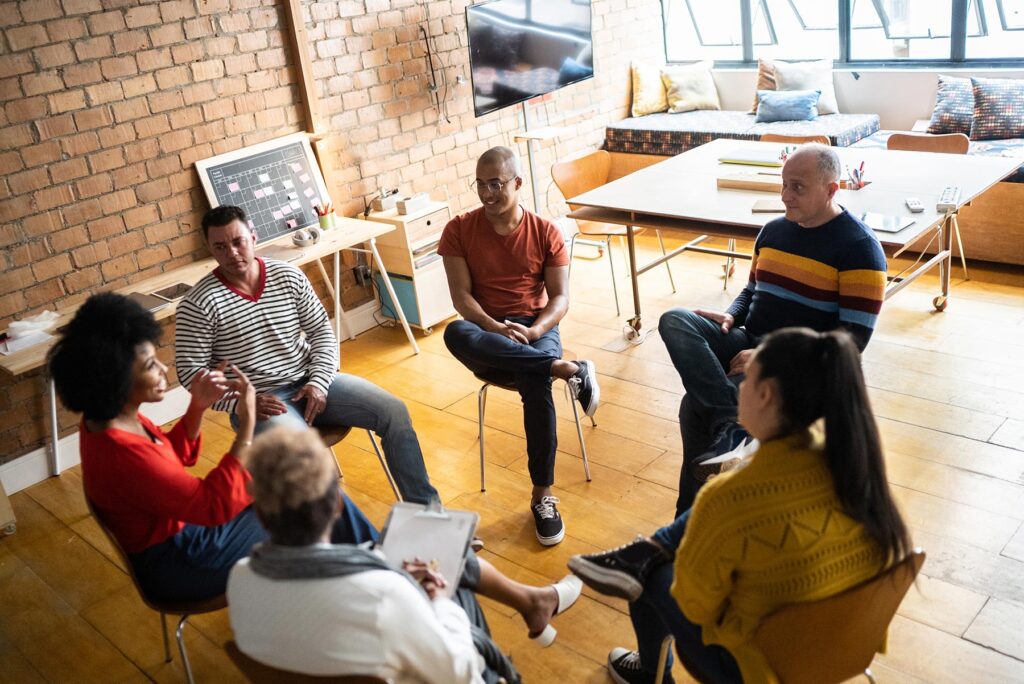
Resources
Article
Report
Canary Media Article
Website
Helping unlikely allies work together in developing critical electricity solutions.
